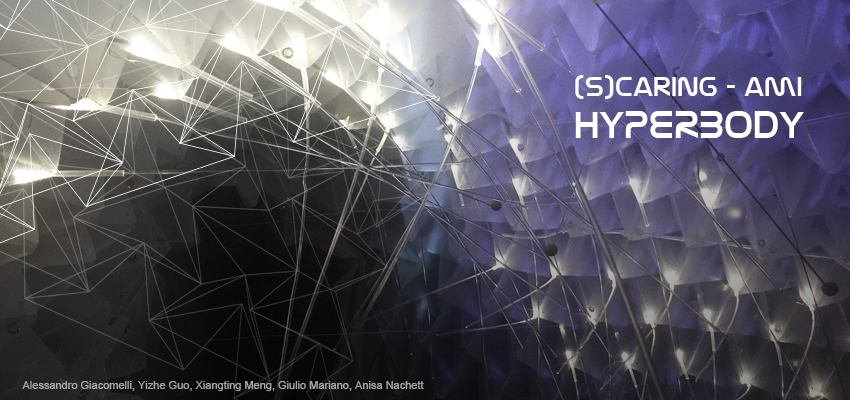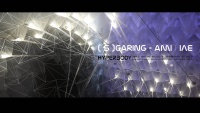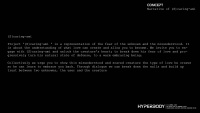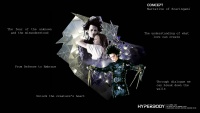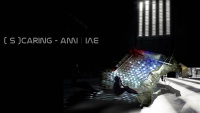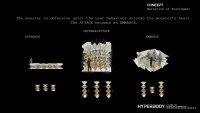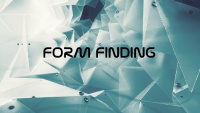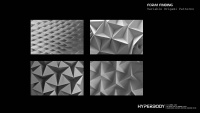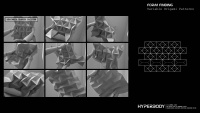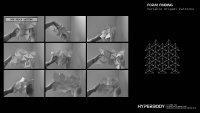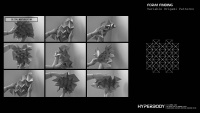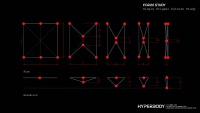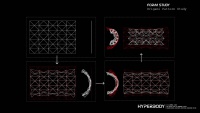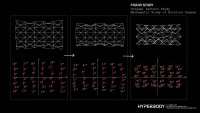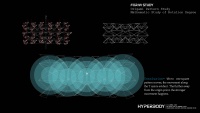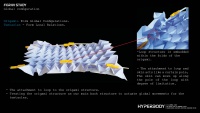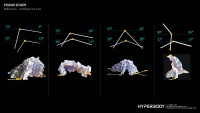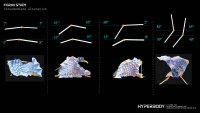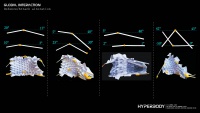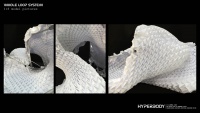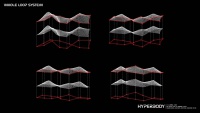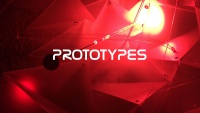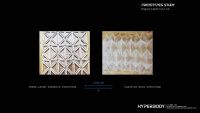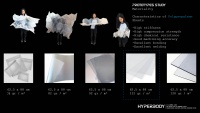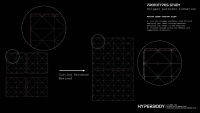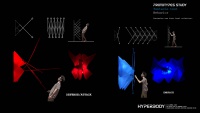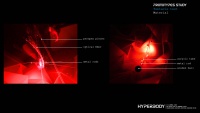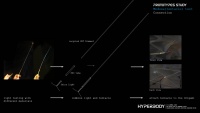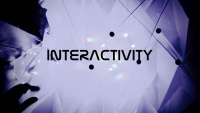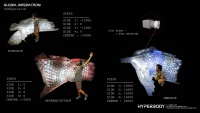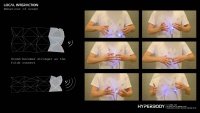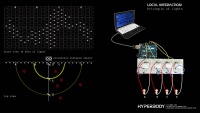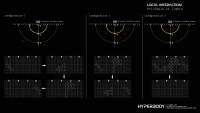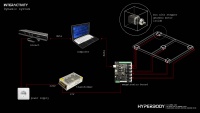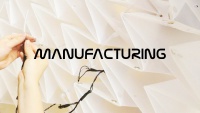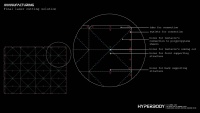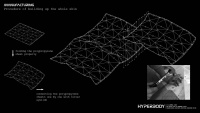Difference between revisions of "Msc2G6:Frontpage"
Gary Chang (Talk | contribs) |
(→Final Presentation) |
||
| Line 79: | Line 79: | ||
File:FINAL FINAL PRESENTATION34.jpg | File:FINAL FINAL PRESENTATION34.jpg | ||
File:FINAL FINAL PRESENTATION35.jpg | File:FINAL FINAL PRESENTATION35.jpg | ||
| + | File:FINAL FINAL PRESENTATION36.jpg | ||
| + | File:FINAL FINAL PRESENTATION37.jpg | ||
| + | File:FINAL FINAL PRESENTATION38.jpg | ||
| + | File:FINAL FINAL PRESENTATION39.jpg | ||
| + | File:FINAL FINAL PRESENTATION40.jpg | ||
</gallery> | </gallery> | ||
Revision as of 01:36, 3 July 2015
Giulio Mariano
Alessandro Giacomelli
Anisa Nachett
Yizhe Guo
Xiangting Meng
Video
Description
In the 20th Century the (architectural) designs are customizable according to the needs and desire of the human being. But what if the design has its own existing, own feelings and expressions? Own behaviours?
The human interaction is becoming a more important task of the architecture of today. The Metabody experiment ‘NERVION’ finds its inspiration from the human anatomy. The inherence and collaboration of components is at its most efficient. The ultimate relation between the brain, the neural network, the electrical data conversion, the muscle layout and the bone structure in the human body is translated in a digital structure. This experiment is the creation of a digitally driven body with its own emotions and movements. The visual perception of NERVION’s expression is made possible by a division between the analogue and digital forces. The interaction with the human is an overwriting analogue force, while the movement of NERVION is digitally generated.
Final Presentation
Booklet
